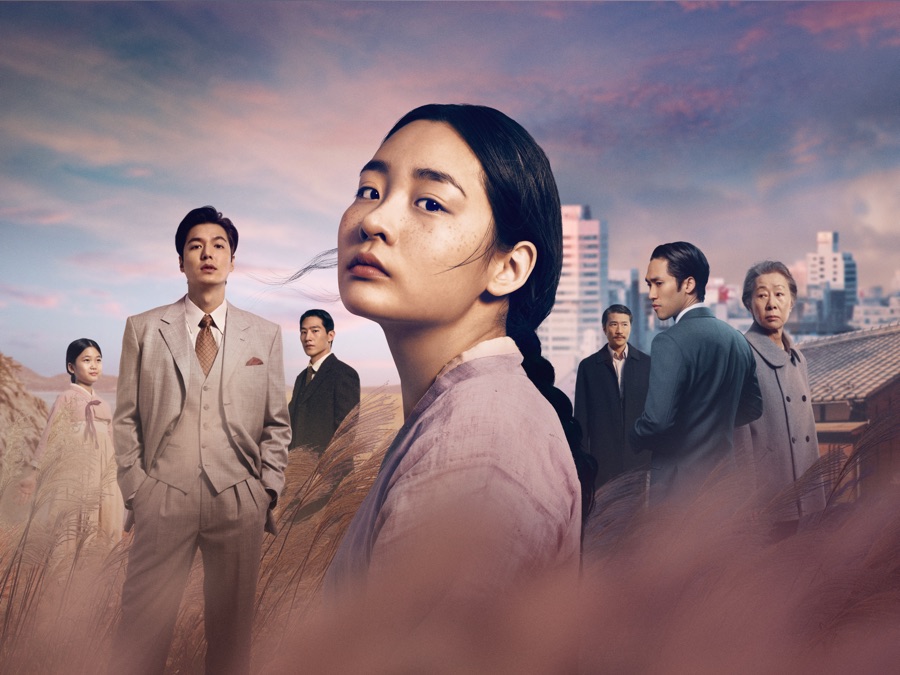Min Jin Lee’s bestselling and award-winning novel Pachinko begins with a simple sentence: “History has failed us, but no matter.”
As the author revealed in her extensive New Yorker profile, it took her close to 10 years to research and write the 496-page tome. She filled Banker Boxes with endless notes, sources, and interviews to provide a confident foundation to finally pen the story of Sunja and her family through four generations. In the same interview, Lee astutely noted that “learning how to write stories is really different from writing facts.” The same can be said for adapting those stories for the screen, as Apple TV+ has done with Pachinko.
This review contains spoilers.
Pachinko, in both its forms, attempts to “create portraits of people rendered invisible.” It purposefully rebuilds the histories that have been buried. The TV show does so with the help of a few history makers themselves, including Oscar winner Youn Yuh-jung, K-drama legend Lee Min-ho, and lauded directors Kogonada (After Yang) and Justin Chon (Blue Bayou).
Although a novel and a serial drama are two different mediums of storytelling, Apple TV+’s approach to Pachinko is relatively faithful to the original text. However, while the general pieces of this epic story are brought to life in the gorgeous cinematography and excellent acting, the show tries to fit too much into the eight one-hour episodes.
But first things first. From the get-go, viewers notice the color-coded subtitles. Blue indicates dialogue in Japanese, while yellow notes dialogue in Korean. This color treatment is also reflected in the opening credits: the title flashes before viewers in three different languages before landing on “Pachinko” in English. These subtle visual cues foreshadow the fluidity and layers of language—and with it, identity—that are explored in the show.
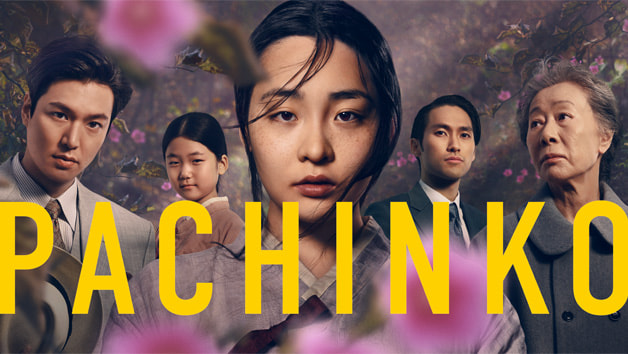
Sunja’s youngest son, Mozasu Baek (Soji Arai), for example, often blends Korean words in his mostly Japanese sentences. (He was born and raised in Japan, but Korean is his native language). This interweaving of language is even more poignant because the words he does say in Korean are “mother” (“eomoni”) and “grandmother” (“halmoni”).
Despite the discrimination ethnic Koreans experience in Japan, the Korean language persists just like the people. And as Pachinko highlights, this discrimination is clear in each of the four generations. It is seen when teenaged Sunja (Kim Min-ha) immigrates to Japan, and she and the other Koreans are shoved into the hold of the ship while the wealthy Japanese are seated in the banquet hall above. It is seen when a young Koh Hansu (Lee Minho) witnesses the Japanese blame Koreans for the Great Kantō earthquake of 1923 and brutally murder them (“Chapter 7”).
It is seen when teenage Solomon Baek (Yoon Kyung-ho), Sunja’s grandson, stupidly tries to shoplift a piece of candy from a store owned by a Japanese man at young Hana’s (Jung Ye-bin) coaxing. It is seen again when an older Solomon (Jin Ha) gets fired from the bank he works at in Japan, feeling the flames when an important deal falls through. His coworkers essentially spit out that they “knew he would be like this,” scoffing that he was not trustworthy because of his Korean heritage.
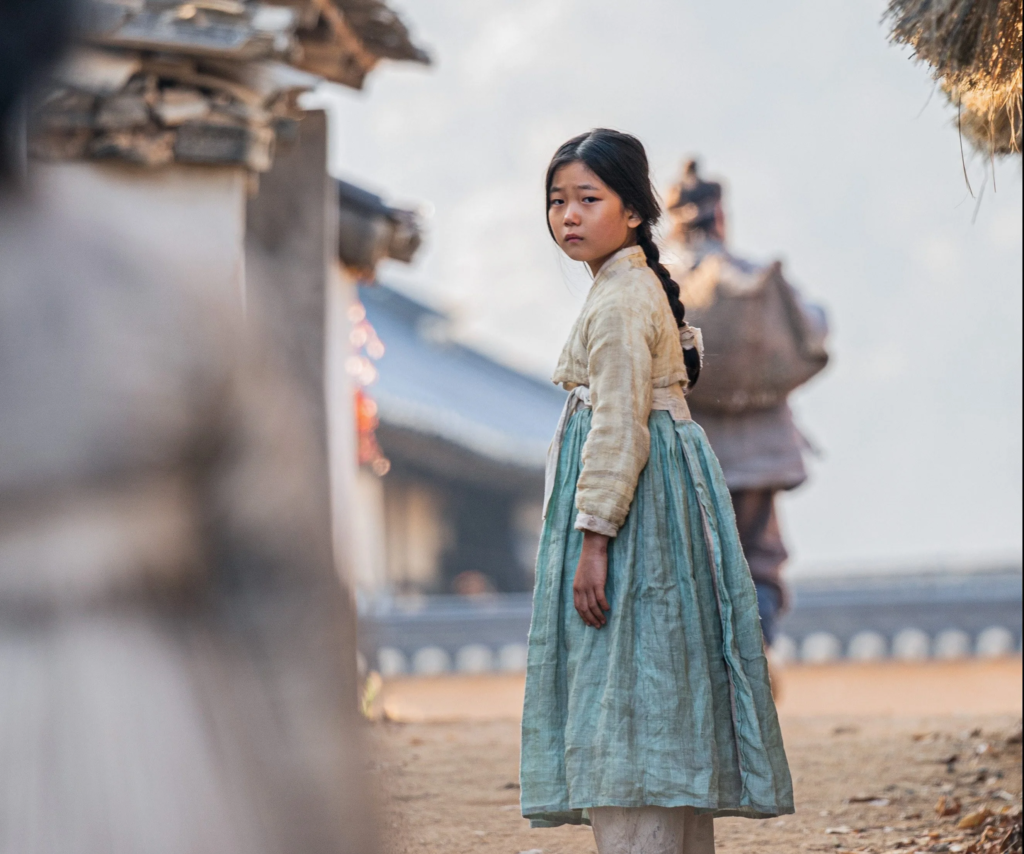
Pachinko ties the past and present together through Sunja’s family. The drama, however, also juxtaposes the stories of Sunja and Solomon by establishing parallel plot lines. One follows Sunja in her youth growing up in Korea and immigrating to Japan through flashbacks, while the one follows her grandson in 1989 Tokyo as he navigates business and family turmoil.
While this choice in storytelling works to the extent of covering more ground in a shorter amount of time, this method fails to capture the significance of the novel’s deliberate chronological organization. The two main Pachinko posters suggest Sunja will be the central force of the story, given the obvious hierarchy of scale with Minja Kim front-and-center. While there are moments when she definitely is, the drama always returns to Solomon, his business dealings in Japan, and an emphasis on his relationship with the mysterious Hana (Mari Yamamoto).
This circular framework makes the direct connections—and its differences—between this family’s past (young Sunja) and the present (Solomon) crystal clear, such as their varying understanding of white rice. More juxtapositions in the Korean diaspora experience are emulated in the opening credits. A montage of old photographs and film footage contrast with the carefree dances of the main characters in a bright pachinko parlor. An amalgamation of crisp suits and flowing hanbok add to this cultural blend planted in change alongside the 1967 song by The Grass Roots, “Let’s Live for Today.”
Yet underlying thoughts of home, survival, family, and sorrow form the foundations of each episode, named “Chapters.” Despite these benefits, the circular nature of the show is also a pitfall for breeding confusion, especially if viewers are not familiar with the novel or even the basic cast of characters.
This is no fault of the incredible cast. All of the Sunjas—from her as a young girl (Jeon Yu-na) to her teenage years to her as a halmeoni—bring her personality to life. Sunja’s fortitude and strength to stand tall despite loss is clear through each of her ages. Young Noa, Sunja’s oldest son, too, leaves an impression. Although Noa appears briefly in the last episode, it is intriguing to watch how he navigates his zainichi (Korean diaspora residing in Japan) experience, whether that be translating for his mother at the police station or witnessing a fellow Korean classmate be bullied for his ethnicity.
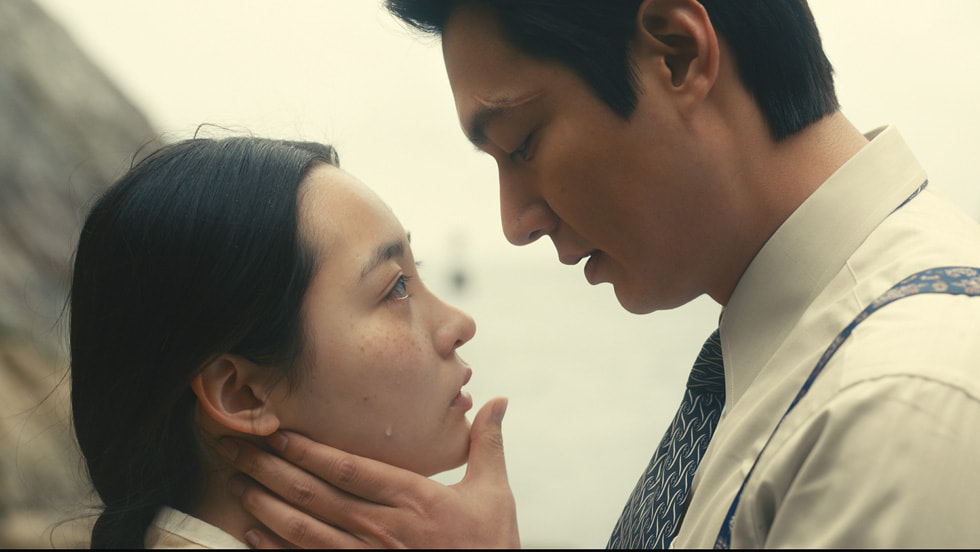
One of the other strengths of “Pachinko” is its gorgeous cinematography, illuminating sweeping landscapes and intimate moments of human connection. Chon and Kogonada often use silence to elevate the small, almost mundane parts of life into scenes that burst with emotion. The scene in “Chapter 4” where Sunja’s mother, Yangjin (Jeong In-ji), lovingly washes white rice for her daughter’s wedding meal is one example. Understanding the context behind this action imbues the moment with heavy melancholy. Beforehand, Sunja’s mother went to the market to try and get two bowls worth of white rice. However, the Korean seller was reluctant because he needed enough for his Japanese customers, per the orders from Japanese officials. Discrimination cut through even a (semi) joyous occasion, like a marriage.
Thus, when Sunja’s mother actually washes the rice she managed to acquire and cooks it, the scene is close to a religious moment. The reverence for which this mother exhibits is plain. Besides, this is the last meal she will have with her only child before she sails off to Japan. Who knew when mother and daughter would see each other again, if ever? Despite the impending feeling of doom and finality, Sunja’s mother expresses her love through her determination to feed Sunja one more meal.
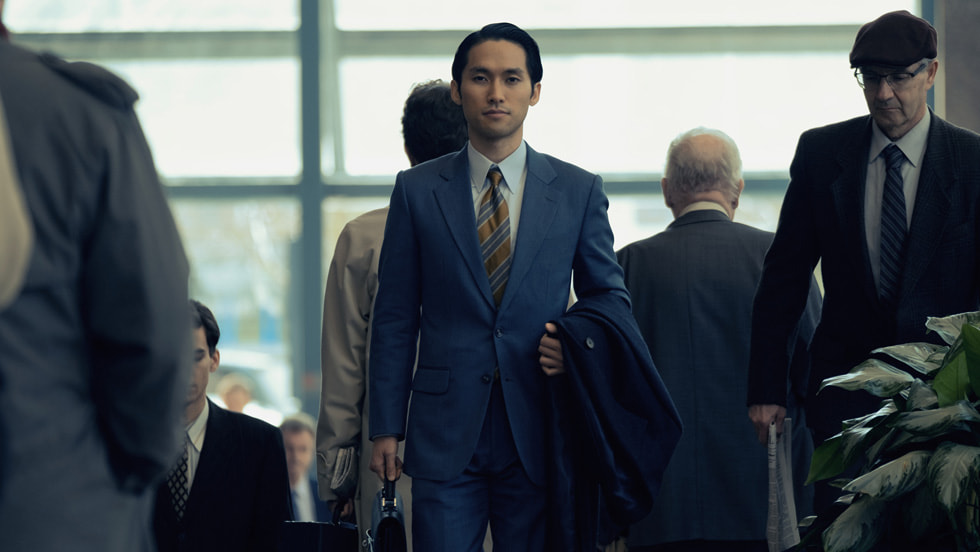
However, the Pachinko adaptation also inserts new plotlines, which were hit-or-misses but mostly misses. The first change was the inclusion of an older Sunja traveling back to Korea with Mozasu. Although this return contrasted with the parallel narrative of her younger self leaving her home country, its significance got drowned out by everything else. Jumps between the 1930s and the 1980s, between Sunja’s teenaged self and her youngest grandson in Japan, only convoluted the narrative. The same thing can be said of the extensive focus on Solomon and Hana’s relationship, which started off with sporadic phone calls and concluded with watching the latter lose her battle with HIV. This 1989 plotline took priority in the overall Pachinko arc, with Sunja seemingly relegated to the backseat.
A fascinating part of Pachinko the novel was how Min Jin Lee laid out the stories surrounding Sunja, from her father to Solomon, in chronological order. This organization allowed readers to join the family in their experiences and directly witness the growth of the members. We remember when Sunja was born, and we think about that when Solomon enters the world, for example.
Another change that only seems to add more “action” to hook in watchers who were not familiar with the original work is the addition to Baek Isak’s character. In episode eight, it is revealed that he was arrested because of his involvement with the burgeoning worker’s revolution. Meanwhile, in the book, Isak went to prison (and died) because a parishioner was caught saying the Lord’s Prayer instead of worshiping the emperor.
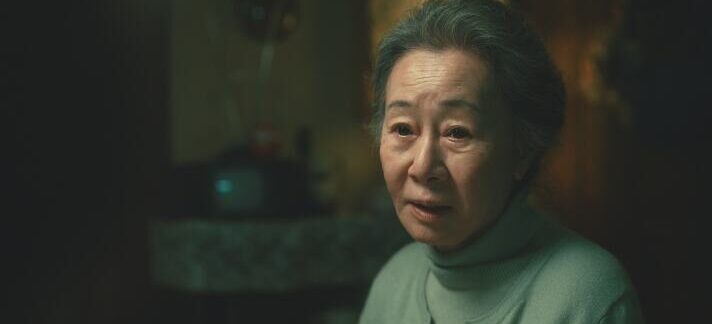
This new plot came out of nowhere; the only precedent to this was Isak’s short conversation with the young man who worked on the railroad. It also barely captured 10 minutes of the final episode, leaving the tense arrest scene feeling rushed. However, it was heartbreaking to witness young Noa chasing after his father’s carriage, refusing to give up.
But this adjustment sparks the question, why change the already tight story that Min Jin Lee had written? These new details and new priorities, as further stressed in the flashback form the drama took, unfortunately, breeds disappointment in viewers who especially loved the novel.
The one introduction to the drama that strengthened it was “Chapter 7,” the episode dedicated to young Koh Hansu. Flashing back even further to 1923, “Chapter 7” delves into Hansu’s experience of growing up Korean in Japan and the devastating 1923 earthquake. Not only does this hour supply a welcome background on the wealthy fish broker (and yakuza) we know, but it also allows Lee Minho to show his full acting range. Hansu may be sleek and privileged beyond belief when he encounters Sunja, but he was not always in that position. In fact, as we learn in “Chapter 7,” he also faced discrimination and violence simply because he was Korean in Japan. We learn how the phrase “how you are seen is everything” frames Hansu’s character, a sentiment that he eventually pushes onto his son, Noa.
Above all, Pachinko—the Apple TV+ drama and the novel by Min Jin Lee—honors survival and sheds light on a family history built on enduring. Short but poignant lines like “That’s called survival;” “but you’ll learn to endure it;” and “It’s not a shame to survive” linger far beyond their scenes. The drama may have arguably made unnecessary changes, but the novel’s heart was still there with writers such as E.J. Koh in the room.

Similarly to how it began, Pachinko ended with Sunja. A turning point has been reached; a new chapter has begun. Isak may be dead, and she may have two young children to provide for, but if the other seven episodes were any indication, Sunja has her fortitude and sharp wit. Survival is the goal, and she will ensure her family does just so.
Fiction intersects with living history in the last moments of the finale. Pachinko officially concluded with interviews with women whose stories reflect a similar tale. Most of these ethnic Korean women living in Japan are in their late 80s and 90s, although there was one interviewee who had just turned 100-years-old the day before the interview.
Despite the sorrow, pain, and loss explored through Pachinko and these women’s stories, the closing scene of the drama focused on a smile. An interviewer complimented one woman’s smile, in which she replied while laughing, “My smile, you say.” There are moments of joy to be found while surviving, something that should be honored, too. As “Chapter 8” was released, Apple TV+ officially announced the second season of Pachinko. Season one set a complicated foundation for telling this epic on the screen, with its successes and its misses. Here is to hoping that season 2 stays faithful to Sunja, her family, and their story.
(YouTube. Images via Apple TV+)
